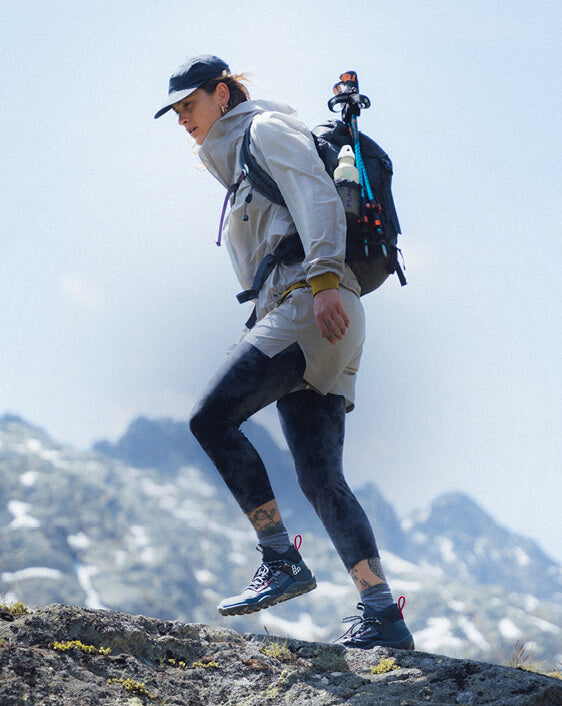Shoes drastically changed throughout a few millennia. And while the purpose is the same–dressing our bare feet–shoe styles have changed so much that it’s often wondered whether fashion has taken over purpose.
Shoe Purpose Origins
In the last few centuries, shoe shapes began to seriously deviate from the natural shapes of human feet. Trends in shoe designs have become the new normal, distorting our idea of what actual feet look like. That is detrimental not only to our feet but also to our healthy human movement.
The standard shoe shape that we know today was initially designed for a pointed toe boot that allows the feet to easily slide into horse stirrups, along with a heel block that stopped them from sliding too far. This shape and quality of gentlemen boots were indicators of good equestrian skills and decent horses right out of the establishment.
Delicate and dainty feet for women followed suit as it symbolised social status. That caused most shoe designs to pattern after this. A shoe’s height, shape, and the material showed how a woman’s body could move back then.
Modern Shoe Shapes
No thanks to fashion, women now wear narrower and pointier shoes, which makes them more at risk of developing painful and debilitating foot problems than men. That emphasises how a drastic change in shoe shape trends affect human health.
Still, not only sky-high heels are at fault. The truth is that any heel can throw our bodies out of whack. That also affects growing children even more than adults. A two-centimetre heel for children is the equivalent of a five-centimetre heel for adults.
Kids who grew up barefoot have more muscular and broader feet compared to kids who regularly wore shoes. The former is also found to have better balance and motor skills than the latter.
Shoe Designs in Sports
Shoe shapes have now influenced the design of sports shoes, whether they’re called sneakers, trainers, or kicks. It all began when fashionable shoe shapes entered the market in the 70s. Since then, our feet have been bent out of shape.
In the 1700s, a Dutch naturalist, anatomist, and anthropologist called fashion shoes then as instruments of torture. In the early 2000s, Nike heard about Stanford athletes training barefoot on the university golf course, which prompted them to experiment on shoes using barefoot characteristics. They aimed to create a stripped-back, minimalist shoe that allowed feet to move naturally. It became Nike’s most lucrative shoe line until today.
Our feet have the same number of nerve endings as our hands, which means they’re supposed to feel. In turn, that means that shoe soles should be thin instead of the thick shapes modern shoes offer. Feet are our ultimate movement sensors. They create a vital sensory feedback loop between our feet, body, and brains.
Conclusion
Feet are our main base of support and the foundation of our movement. They weren’t designed to be constricted in a fashionable manner but instead created to flex, splay, and recoil. Our feet need to use all their muscles and tendons to keep our movements healthy, natural, and injury-free.
At Adventureco, our mission is to provide the best and most sustainable outdoor shoes designed for human feet. We partner with different eco-friendly outdoor brands that minimise their impact on the environment. Our wide selection of camping equipment, including barefoot shoes, backpacking gear, and rock climbing essentials. Browse through our products and find the best outdoor shoes for you!


